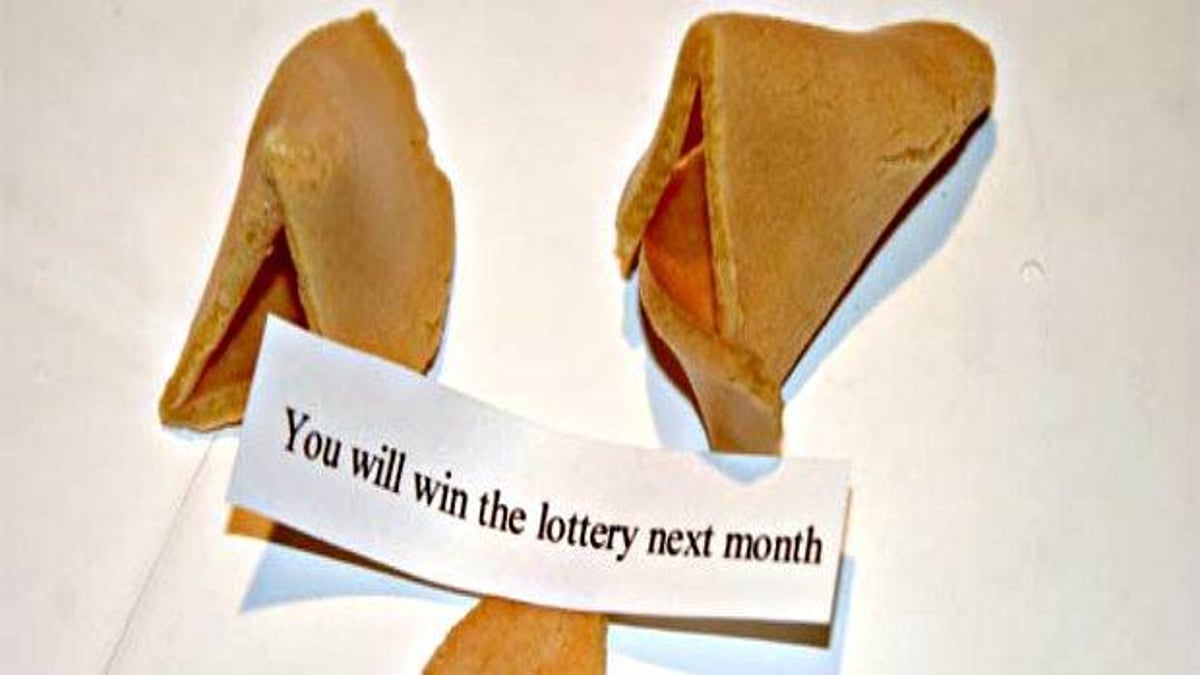Lottery Strategy

No player has ever turned to playing the lottery because he or she liked their odds. Major lottery draws can provide odds as high as 200,000,000/1 so to say playing the lottery is a gamble is quite the understatement. Most don’t even view it as a form of gambling so things like odds and winning chances don’t enter their thinking. It has the least amount of practical strategy, unlike poker or sports betting, which come with a range of different approaches and strategies.
There is, however, some strategy that can be used when considering the lottery to at the very least, increase your expected rate-of-return which is almost always negative with lottery play. Concentrating on which lotteries to play, when to play them, and the numbers you select can boost your chances.
Increasing Expected Rate-of-Return
Garth Sundem, 'Best Selling' author and avid TED speaker, wrote an interesting guest blog post for Scientific American back in 2012 titled "A Fun DIY Science Goodie: How to Get a Positive Expected Rate of Return on a Lottery Ticket."
TThe article addresses the fact that most lottery players assume there is absolutely no strategy involved and completely accept the negative expected rate of return major lottery draws provide. The article goes on to explain one of the few, if not the only, lottery strategies out there to increase your expected rate of return. So, what exactly is an expected rate of return?
The article proceeds to explain one of the few, if not the only, lottery strategies out there to increase your expected rate of return or as Sundem puts it, "make the dollar you put down likely to win back that dollar and more." Expected rate of return can be explained like so; when a player wagers $1 on a Mega Millions draw, they can expect an average return of about $0.55 on a winning ticket, a negative return rate. Playing a smaller state-level lottery can produce a much more favorable return with some reaching $1.30 per $1.00, an actual positive expected rate of return on a lottery win.
The core strategy topics to increase your expected rate of return discussed in Sundem's article are:
- the type of lottery played
- when to play those lotteries
- number selection
Choosing a Lottery
Sundem and other lottery experts recommend any lottery players looking to embrace more favorable odds (or anything better than 200,000,000/1) should look to play large jackpots with low ticket sales.
No easy task, we know but the Sundem formula for a finding good lottery is:
- Look for an after-tax, cash value of the jackpot that exceeds 0.8 times the odds against you
- Find one where the number of tickets sold remains less than one-fifth of this jackpot.
This implies players stick to small or state level lotteries like the United States' New York Lotto, a lower-profile lottery intended to only be played by New York state residents. It provides hefty jackpots with much smaller ticket sales than a major draw- so you have a better chance of meeting the requirements outlined above.
It is also worth noting the amount of times the lottery has rolled over as well as the overall jackpot size. Sundem's article suggests that when choosing a lottery, players should consider draws that have "rolled over at least five times but also remain below $40 million’. Sticking to these perimeters gives you a decent shot at netting a positive rate of return on a winning ticket.
Numbers to Avoid
Once players have successfully chosen a quality lottery to play, it’s time to move to the important matter of selecting numbers. Now, it's common practice with many people to use their so-called ‘lucky numbers’ to play the lottery. Sundem argues this is somewhat pointless and it is best to ditch superstition in favour of logic. His article provides a list of rarely used lottery numbers to be used: 26, 34, 44, 45, and 46.
The last real consideration when choosing numbers is recognizable patterns. It's suggested you avoid any recognizable or noteworthy number combinations/patterns as they will most likely be played a lot more than random combinations. Only the numbers found on the edge of the ticket should be considered in terms of patterns due to their low number of plays in general.
Numbers in a row (especially the middle row) should always be avoided as evidenced by the 1995 UK National Lottery drawing which crowned 133 jackpots winners due to that fact that all 133 players selected right down the middle row (7, 17, 23, 32, 38, 42, and 48)- this turned out to be a winning combination but the winners had to split the £16 million prize 133 ways meaning they each took home less than £100 thousand after taxes despite winning a million pound lottery jackpot.









